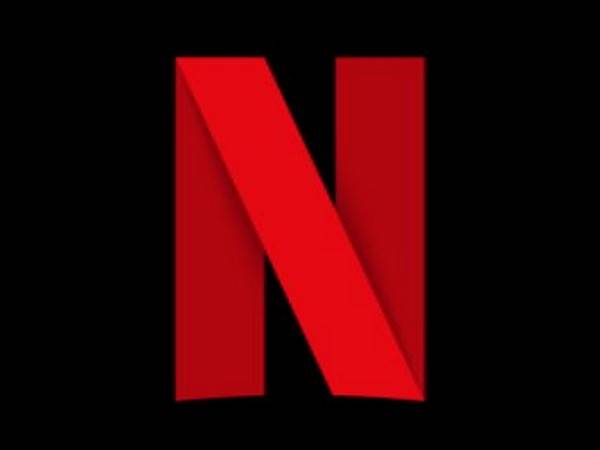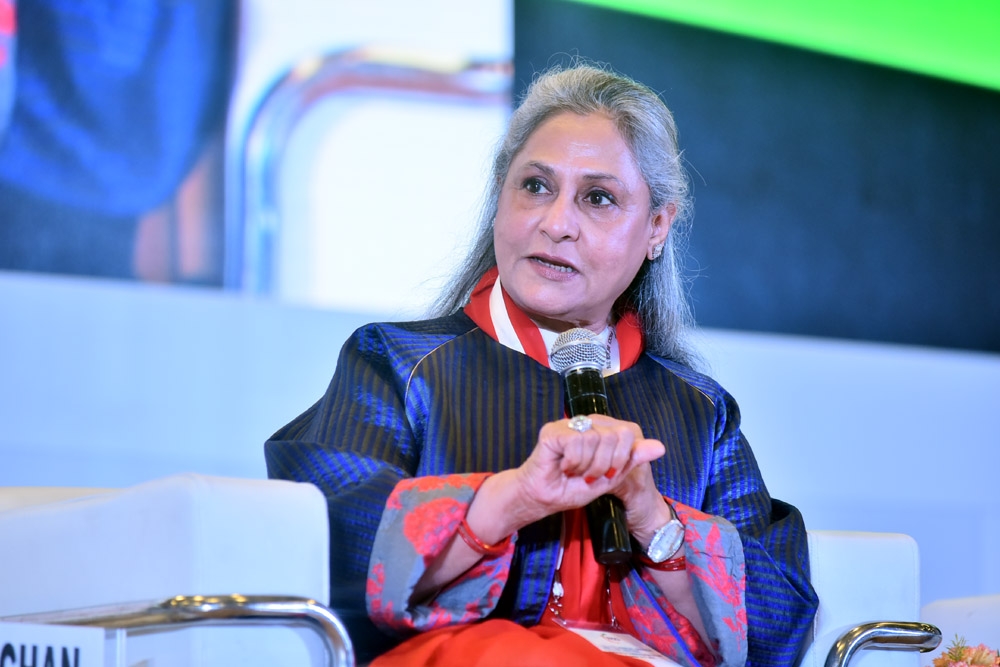Netflix: From video store chain to global entity that redefined entertainment
As millions of people stream the latest season of ‘Money Heist’ or ‘Squid Game’ on Netflix, little do they know that the streaming giant was born out of a video renting store in the US nearly 25 years ago. Today, Netflix has reached roughly 222 million paid members globally and aims to attract 800-900 million households that use either broadband internet or pay TV around the world.
In 1997, Reed Hastings (now Chairman and President) and Marc Randolph had an idea to rent DVDs by mail. They tested the concept by mailing themselves a DVD. The DVD arrived intact, and the idea for Netflix was born.
In 1998, Netflix.com, the first DVD rental and sales site, was launched in Scotts Valley, California. It offered a library of films and television series through distribution deals as well as its own productions, known as Netflix Originals.
Next year, the Netflix subscription service made its debut, offering members unlimited DVD rentals without due dates, late fees or monthly rental limits.

In 2002, Netflix made its initial public offering (IPO), at a selling price of $1 a share under the Nasdaq ticker ‘NFLX’.
Next year, the company was issued a patent by the US Patent & Trademark Office to cover its subscription rental services as membership surpassed 1 million. Finally, in 2007, Netflix introduced streaming, allowing members to instantly watch series and films. It later partnered with consumer electronics brands to allow streaming on Xbox 360, Blu-ray players and TV set-top boxes.
In 2010, Netflix arrived in Canada and streaming was launched on mobile devices, along with the first dedicated kids experience tab.
In 2011, the streaming service arrived in Latin America and the Caribbean and the first Netflix button appeared on remote controls. It logged 25 million members a year later and expanded into the UK, Ireland and the Nordic countries.
Netflix also ventured into stand-up specials with ‘Bill Burr: You People are all the Same.’
‘House of Cards,’ ‘Hemlock Grove’, ‘Arrested Development’ and ‘Orange is the New Black’ ushered in the first slate of original series programming for Netflix in 2013.
‘House of Cards’ went on to win three Primetime Emmy awards — the first for an internet streaming service. The Profiles and My List features debuted on streaming.

In 2015, its first original feature film (‘Beasts of no Nation’), first non-English original series (‘Club de Cuervos’) and first Asian original (‘Terrace House’) made their debut.
In the same year, the company launched audio descriptions for the visually impaired with ‘Daredevil’.
In 2016, Netflix expanded to 130 new countries, bringing the service to members in more than 190 countries and in 21 languages around the world.
Next year, Netflix won its first Academy Award for ‘The White Helmets’. The introduction of interactive storytelling and the ‘Skip Intro’ button gave members more choice to tailor their viewing experience.
In 2018, Netflix was the most-nominated studio at the Emmys, winning 23 for series including ‘GLOW’, ‘Godless’ and ‘Queer Eye’. The streaming service rolled out PIN protection as part of several parental control enhancements.
In 2019, Netflix won four Academy Awards, for ‘ROMA’, ‘Period’, ‘End of Sentence’, and its first original animated film ‘Klaus’. ‘Bandersnatch’ won the first major Emmy for an interactive title.
ALSO READ: Netflix to charge customers for sharing passwords
In 2020, as Covid-19 struck the world, Netflix was the most-nominated studio at the Academy Awards and Emmys.
The Hardship Fund launches aided the creative community workers impacted by Covid-19, while 2 per cent of its cash holdings moved to financial institutions supporting Black communities.
Last year, Netflix released its first-ever film and series diversity study, in conjunction with the USC Annenberg Inclusion Initiative, and announced plans to reach net-zero greenhouse gas emissions by the end of 2022.
Netflix also launched mobile games last year. As of December 31, 2021, Netflix had 75.2 million users in the US and Canada, 74 million in Europe, the Middle East and Africa, 39.9 million in Latin America and 32.7 million users in the Asia-Pacific.














